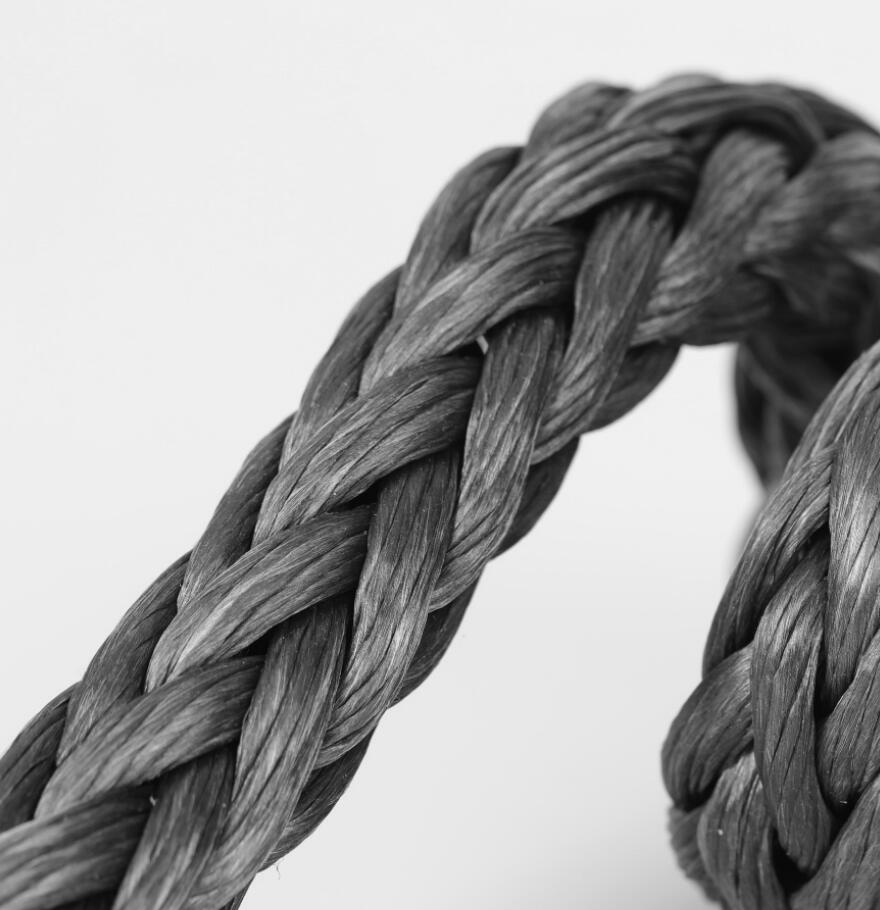Application of Braided Ropes in Spacecraft
Braided ropes serve as critical components in spacecraft, primarily in three application scenarios: space tethers, truss-type mesh deployable antennas, and thermal knife hold-down and release mechanisms. Specifically, space tethers perform complex scientific research tasks such as microgravity experiments, spacecraft orbit control, and space-based power generation by deploying and retrieving tethers. Truss-type mesh deployable antennas utilize a cable-net structure formed by interwoven ropes to significantly reduce mass while increasing antenna aperture and deployment-to-storage ratio, making them one of the key approaches to achieving large-scale deployable antennas on satellites. Thermal knife hold-down and release mechanisms, composed of braided ropes and ceramic thermal knives, offer minimal impact and no contamination during rope melting, effectively reducing the shock transmitted to precision components during the deployment of structures such as solar arrays.

Space Tethers
Space tethers are flight systems that connect spacecraft such as satellites, space stations, and shuttles using ropes ranging from several kilometers to hundreds of kilometers in length. Early space tethers were primarily used for experiments involving artificial gravity, spacecraft orbit control, and space radiation measurement. With further research, electrodynamic tethers were proposed, revealing their potential applications in space-based power generation, tethered robots, tethered rendezvous and docking, and orbital debris removal. Space agencies such as NASA, the Italian Space Agency (ASI), and the Institute of Space and Astronautical Science (ISAS) in Japan have conducted a series of in-orbit experiments to validate the feasibility of space tether technology.
Except for some electrodynamic tethers that require copper or aluminum embedded in the tether as conductive materials, most tethers are made of high-performance fibrous materials such as aramid and ultra-high molecular weight polyethylene (UHMWPE), achieving a balance between tether mass and strength. However, the low-Earth orbit space environment contains atomic oxygen, ultraviolet radiation, and abundant space debris, making the safety and reliability of tethers critical factors for the success of tether missions.
Studies have shown that flat ribbon tethers of the same mass and length have a lower probability of fatal impacts compared to tubular tethers. Additionally, tethers with a higher number of yarns can withstand impacts from more space debris. On one hand, by rationally designing the braided structure and process parameters of the tether, its strength and impact resistance can be enhanced under given mass and volume constraints. On the other hand, coating materials such as TiO₂ or nickel can be selected to reduce the loss of mechanical properties caused by atomic oxygen erosion and ultraviolet radiation.
